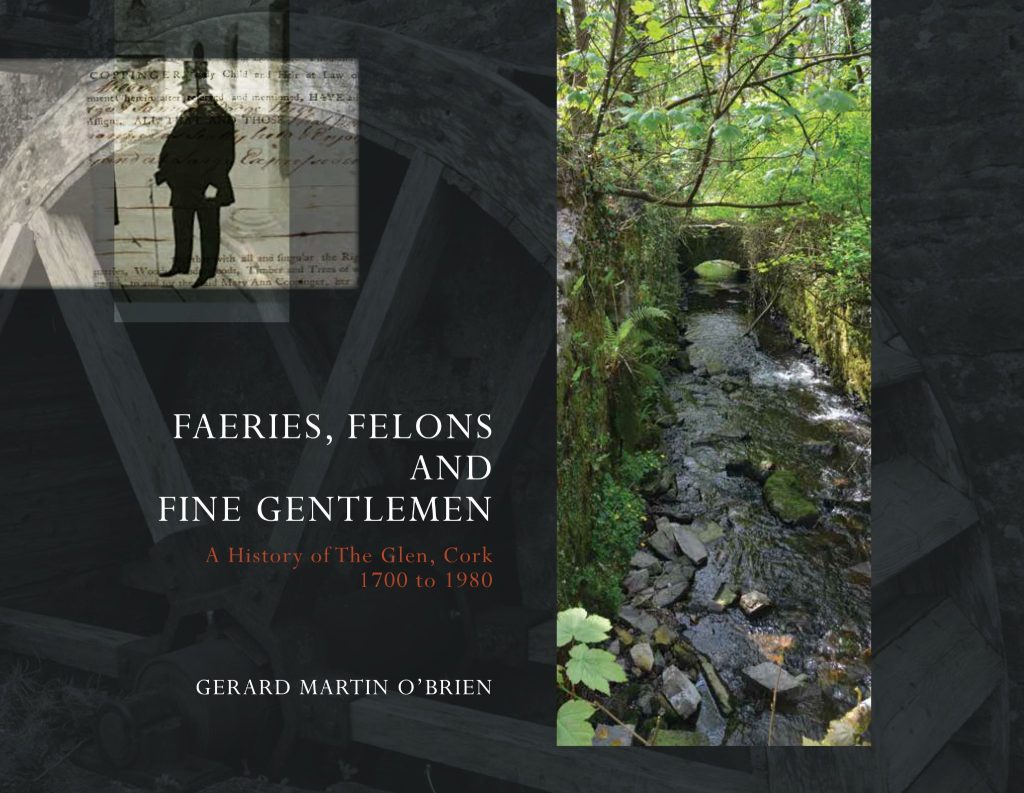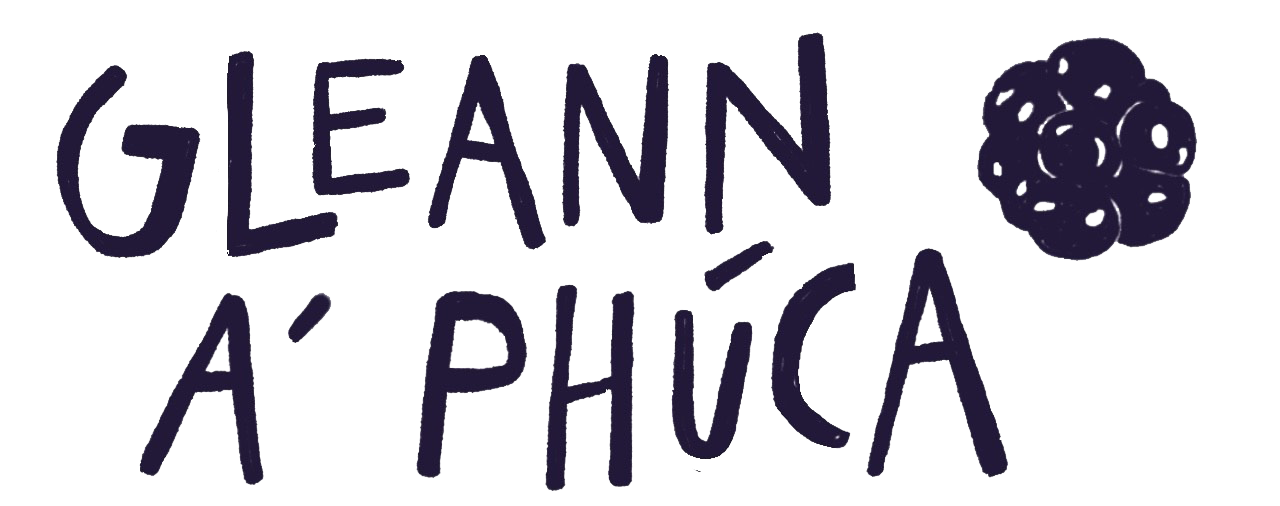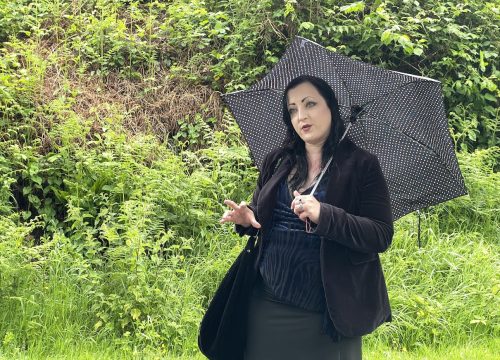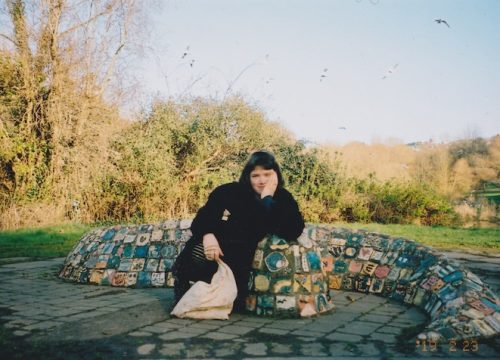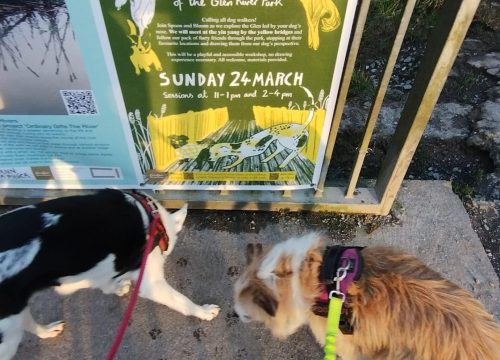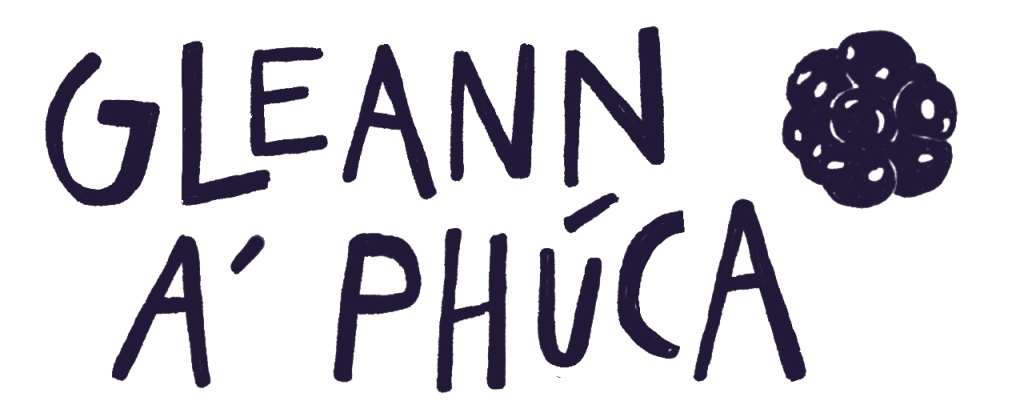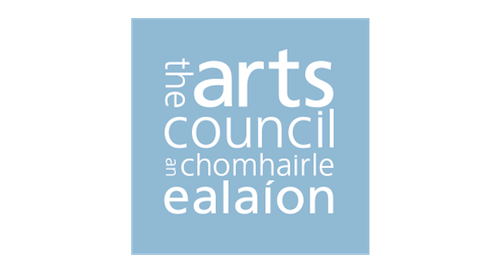A Step Into the Past with Gerard O’Brien
The Glen used to be a marshy field with river snaking through it
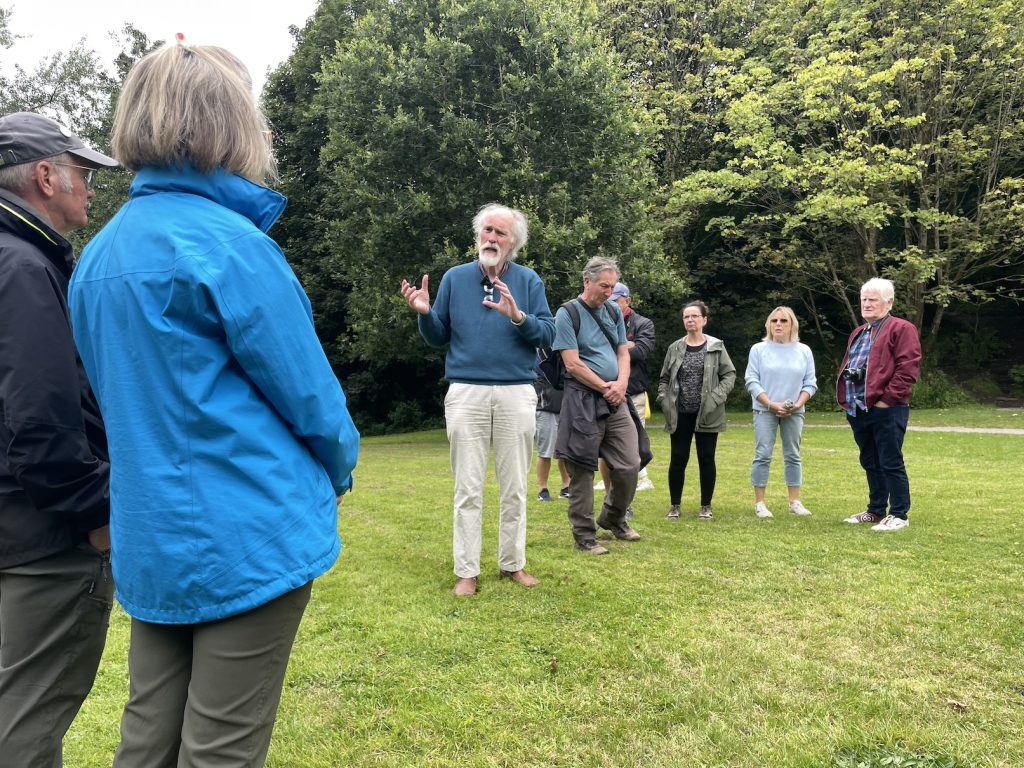
Gerard O’Brien grew up in the Glen Valley in one of two houses that were situated there, the other being the Fleishmann house, both were part of the milling industry. O’Brien’s family home was the Engineer’s House and was attached to The Gouldings Fertiliser Factory:
The Glen used to be a marshy field with river snaking through it
Wildlife
A Lake was built in the 1800s for the mills and water was especially important for the distillery and so the lake was regularly cleaned.
It was cleaned out for last time in 1958
By 1978 there was nothing left of the lake, it was overgrown with reeds and rushes
There was no cover for wild life, any furze bushes were burnt on a regular basis especially at the time of Bona night at the summer solstice (St John’s).
There were snipe and O’Brien remembers the Corncrake in fields up stream from the house until 1960s, there were Water hens and the Dipper who loves the fast flowing water and Kingfishers.
When O’Brin was growing up it was the West side of Glen that was the Wooded part, and the river was affected some what by tidal water from the Lee.
In the river there were Trout and Roach in abundance – it was a popular fishing spot until the last time the Gouldings cleaned out the water and replaced the hatch with a dam, draining the pond completely, after that you would be lucky to find a trout
There were thorneens (sticklebacks) of 3 different kinds – the tiniest 7 spined stickle back, barely an inch long who swam in shoals, a redbreasted one and 5 and 3 spined types
The river valley was a place of leisure, families came for picnics and there was much building of dams for paddling pools
Childhood
Engineers House was one mill and water ran along the back of the house (north), there was another mill
further down artificial reservoir for wheel to drive steam engine which wasn’t running in Ger’s time, known as The Hatch, where many locals learned to swim.
Here there were old Cellers from themeless called the caves by local children who claimed them as Batman Bat Caves – nothing was laid on they just had to make it up for themselves.
When Ellis Sand Quarry ceased working the sand martins moved in, there were newts in the ponds left by the heavy machinery.
O’Brien never saw an otter I the glen but he was told a story that if the otter caught you he would break your legs so you had to put ashes (cinders) in your boots and down your trousers so when he caught you he would think your legs were already broken and leave you alone.
There were plenty of rabbits and foxes.
There was a Scrap yard on site of original iron mill (The upper field where Murphy’s Fram used to be) – kids would go in and saw off the roofs of the cars for rafts to float on the river – it was very rough and tumble – once up on raft a boy would be battered by stones by his peers on the banks – you grew up tough.
Once a fella came down to the house with fishhook in his thumb – and often his family was called on to bring kids to the North infirmary Shandon (now a hotel) for scrapes.
Industry
Linen was produced in the Glen. At the time you could get a grant to build or buy machinery, and farmers got grants to grow flax. Many Mayfield people are listed as recipients of grants for growing flax. The water quality has visibly deteriorated today, even though it has always been susceptible to pollution. There was pollution from the linen process – flax needs rotting and the river was lined with flax dams for this purpose.
A Sewage system runs down centre of the Glen and there is leakage from the pipes, all along the valley sewage pipes lead straight from homes into the river. There used to be a pumping station in the Glen.
Gouldings regularly dumped fertiliser in river.
However, growing up alongside the river O’Brien remembers the sparkle of the water. Today it doesn’t sparkle – it seems lifeless – he wonders is this due to excess phosphates? – It always sparkled when he was growing up.
Garden
The well is still there that fed the house with its water supply .
Today the land is raised up from the Valley floor. When the council built the Glen houses they needed to connect the sewers and so the land was was all raised to accommodate this system. The garden used to go right down to the water’s edge and you could hear the trickle and rush of the water at all times – where it’s quiet here today.
The Laurel trees edged the Garden
Water flowed along behind the house, and used to drive the mill wheel and there was a marshy area at the tail of the race. The Mill was ruins when O’Brien was there, there was a part of the old grain store which the family used as a garage /playground. Ground level today would be at the level of the first floor of the old Engineer’s House
They had a “Water Ram”, a machine which used pressure and vacuum to pump the water up into the attic in perpetual motion, there was the sound of the pump and people would ask “what’s that noise? ““that’s the ram “ the ~O’Briens would say “ Have you got sheep” they would ask, “no it’s a water Ram” was the reply.
The O’Briens kept pigs, donkeys, birds, peacocks, geese, ducks, hens Guinea hens. Gerard’s father worked for Gouldings, he was in charge of the factory as it was being de-commissioned, he had to keep things running while the other place being built on the marina. After Goulding moved out the O’Briens kept living there. They grew potatoes but their neighbours on hill stole them as fast as they grew.
The garden was ringed around with Elm trees a semi circle. The trees got Dutch Elm disease in the 1980s – they had an orchard – there is still an apple tree, now fallen and surviving and leaning into the well. The O’Briens had the hill up to the top, where the road runs now – it was mostly elm trees on the slope behind the well. One time the Sow was pregnant with bonamhs and she urgently wanted to deliver the farrow on the steepest part of the hill – Gerard’s father and brother were the midwives. In this way the family was largely self sufficient. Being in the valley they were never quite one of the crowd and subject to bullying and vandalism. Gerard moved to Galway in 1980 and vandalism drove out his elder brother who one day came home and went to bed when he heard a noise and looked under the bed to find someone was there, he had been rummaging through the house and hidden there when he heard the latch on the door. By 1981 every singe window in the house had been smashed and the walls covered in graffiti it was eventually burned down and then knocked down by the council. For many years Gerard couldn’t return for the heartbreak. He began coming back in the early 2020s to write the book about the history of the Glen: “Faeries, Felons and Fine Gentlemen” and with his return has begun the healing – it looks so different the way nature and growth has taken over the industrial part he sees the same tall cypress trees and laurels which were in the garden and and the old gate post, there is little evidence of the traumatic memories.
